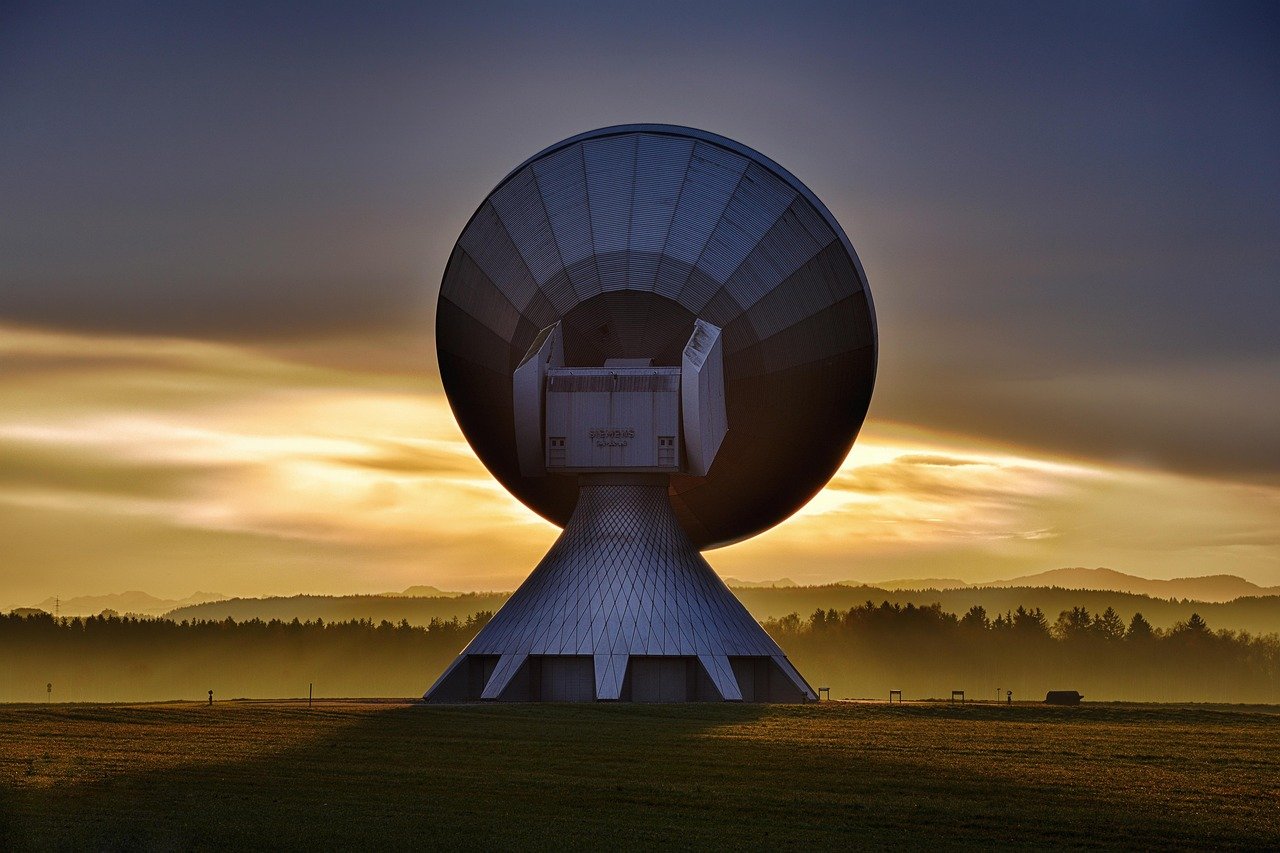Imagine downloading a full-length HD movie in seconds, experiencing lag-free virtual reality, or having your self-driving car seamlessly navigate complex traffic. This isn’t a futuristic fantasy; it’s the promise of 5G technology, the fifth generation of wireless communication that’s revolutionizing how we connect and interact with the world. This blog post will delve into the intricacies of 5G, exploring its capabilities, benefits, and impact on various industries.
Understanding 5G Technology
What is 5G?
5G is the latest iteration of cellular technology, following 4G LTE. It’s designed to deliver significantly faster speeds, lower latency (the delay before a transfer of data begins following an instruction for its transfer), and greater network capacity compared to its predecessors. Think of it as a superhighway for data, capable of handling exponentially more traffic at blazing-fast speeds.
Key Differences from 4G LTE
While 4G LTE brought us mobile internet, streaming, and app-based living, 5G takes it to a whole new level. The key differences include:
- Speed: 5G offers speeds up to 100 times faster than 4G LTE, with potential peak speeds exceeding 10 Gbps.
- Latency: Latency is significantly reduced, down to as low as 1 millisecond, enabling real-time applications.
- Capacity: 5G networks can handle a much larger number of connected devices simultaneously without congestion.
- Spectrum Usage: 5G utilizes a wider range of radio frequencies, including millimeter waves (mmWave), to achieve these higher speeds and capacity.
How 5G Works
5G leverages advanced technologies to achieve its impressive performance:
- Millimeter Waves (mmWave): These high-frequency radio waves offer massive bandwidth but have a shorter range and are more susceptible to interference.
- Massive MIMO (Multiple-Input Multiple-Output): This technology uses multiple antennas at both the transmitter and receiver to improve data throughput and network capacity.
- Beamforming: This technique focuses the radio signal in a specific direction, improving signal strength and reducing interference.
- Network Slicing: This allows operators to create virtualized and independent networks tailored to specific applications or services.
Benefits of 5G Technology
Enhanced Mobile Broadband
The most immediate benefit of 5G is faster mobile internet speeds. This translates to:
- Faster Downloads and Uploads: Download large files, stream high-resolution videos, and upload content in a fraction of the time it takes on 4G. For example, downloading a 2-hour 4K movie could take minutes instead of hours.
- Improved Streaming Quality: Enjoy buffer-free streaming of 4K and even 8K video on your mobile devices.
- Better Mobile Gaming: Experience lag-free online gaming on your smartphone or tablet.
Ultra-Reliable Low Latency Communications (URLLC)
URLLC enables applications that require extremely low latency and high reliability, such as:
- Autonomous Vehicles: 5G’s low latency is crucial for self-driving cars to react quickly to changing conditions, ensuring safety.
- Remote Surgery: Surgeons can perform operations remotely with near-instantaneous feedback, expanding access to specialized medical care.
- Industrial Automation: 5G enables real-time control of robots and other industrial equipment, improving efficiency and safety.
- Example: In a remote surgery scenario, a surgeon in New York could control a robotic arm performing surgery on a patient in London, with minimal delay.
Massive Machine-Type Communications (mMTC)
mMTC enables the connection of a massive number of devices, making it ideal for:
- Smart Cities: Connecting sensors, cameras, and other devices to monitor traffic, air quality, and infrastructure.
- Smart Homes: Controlling appliances, lighting, and security systems remotely.
- Industrial IoT (IIoT): Connecting sensors and machines in factories to optimize production and improve efficiency.
- Example: A smart city could use 5G to connect thousands of sensors monitoring traffic flow, adjusting traffic signals in real-time to reduce congestion.
5G Applications Across Industries
Healthcare
- Remote Patient Monitoring: Continuous monitoring of vital signs allows for early detection of health issues and personalized treatment plans.
- Telemedicine: Virtual consultations and remote diagnostics improve access to healthcare, especially in rural areas.
- Connected Medical Devices: Smart insulin pumps, pacemakers, and other connected devices improve patient outcomes and provide real-time data to healthcare providers.
Manufacturing
- Smart Factories: 5G enables real-time monitoring of production processes, predictive maintenance, and improved automation.
- Robotics and Automation: 5G’s low latency allows for precise control of robots in manufacturing, increasing efficiency and reducing errors.
- Supply Chain Optimization: Tracking goods in real-time and optimizing logistics to reduce costs and improve delivery times.
Transportation
- Autonomous Vehicles: 5G is crucial for enabling self-driving cars to communicate with each other and with infrastructure, improving safety and efficiency.
- Connected Cars: Providing drivers with real-time traffic information, navigation updates, and entertainment.
- Smart Traffic Management: Optimizing traffic flow and reducing congestion through real-time data analysis and adaptive traffic signals.
Entertainment
- Enhanced Gaming: Lag-free mobile gaming and immersive virtual reality experiences.
- Live Streaming: High-quality live streaming of concerts, sports events, and other events with minimal buffering.
- Augmented Reality (AR): Overlaying digital information onto the real world, creating interactive and engaging experiences.
Challenges and Future of 5G
Deployment Challenges
- Infrastructure Costs: Building out 5G infrastructure requires significant investment in new cell towers and fiber optic cables.
- Spectrum Availability: Access to sufficient spectrum is crucial for 5G deployment, and regulators need to make more spectrum available.
- Coverage Limitations: mmWave technology has limited range and is susceptible to interference, requiring a denser network of small cells.
- Security Concerns: As more devices become connected, ensuring the security of 5G networks and preventing cyberattacks is paramount.
Future Trends
- 5G Advanced: The next generation of 5G will bring even faster speeds, lower latency, and improved capabilities.
- AI Integration: Artificial intelligence will play a greater role in optimizing 5G network performance and enabling new applications.
- Private 5G Networks: Businesses will increasingly deploy private 5G networks to support specific use cases, such as industrial automation and campus connectivity.
Conclusion
5G technology is poised to revolutionize various aspects of our lives, from how we communicate and entertain ourselves to how businesses operate and industries evolve. While challenges remain in its deployment, the potential benefits of faster speeds, lower latency, and increased capacity are undeniable. As 5G technology continues to evolve and mature, we can expect to see even more innovative applications emerge, transforming the world around us. Understanding the fundamentals of 5G is crucial for businesses and individuals alike to prepare for the future of connectivity.



